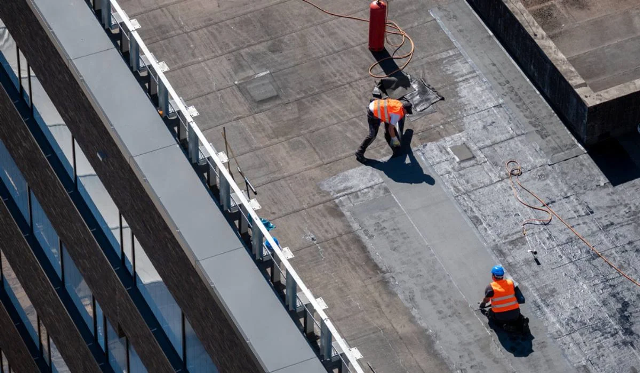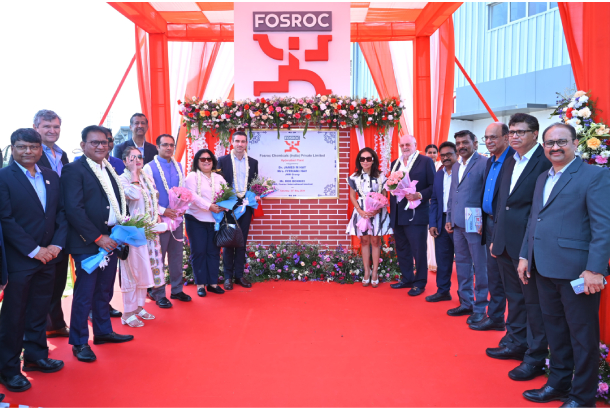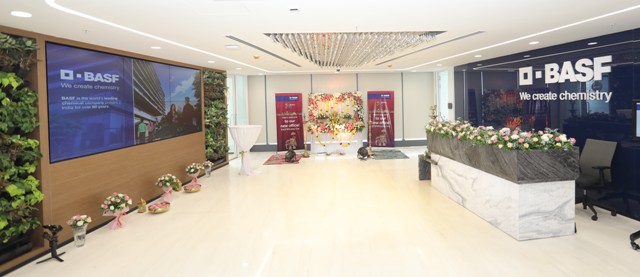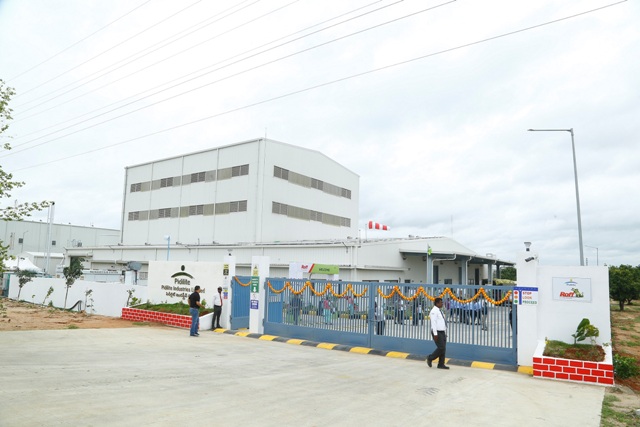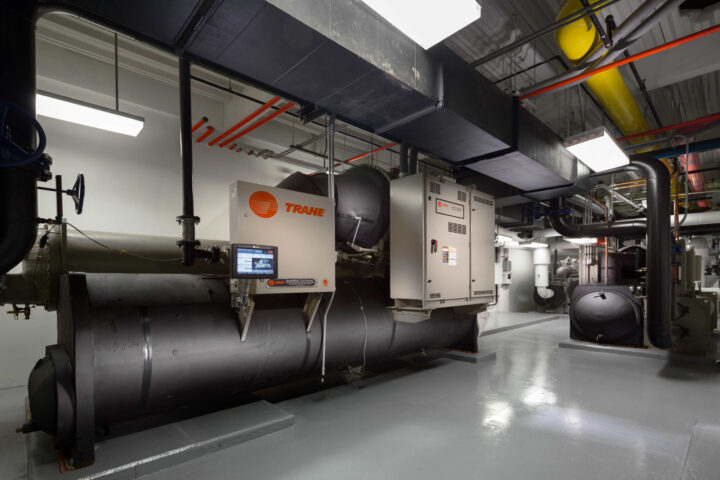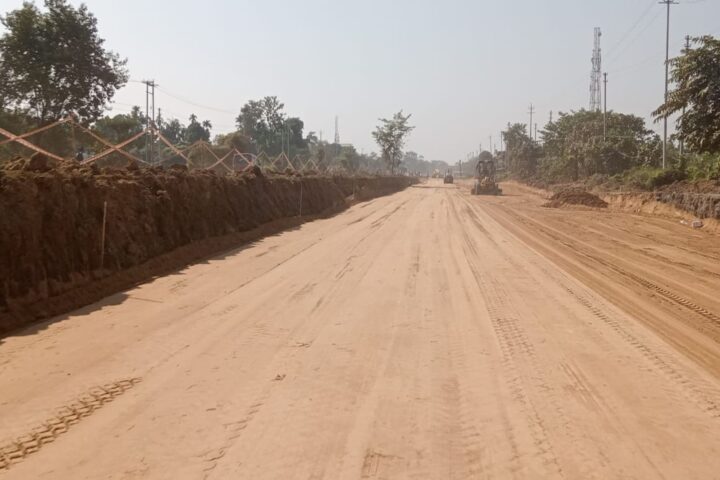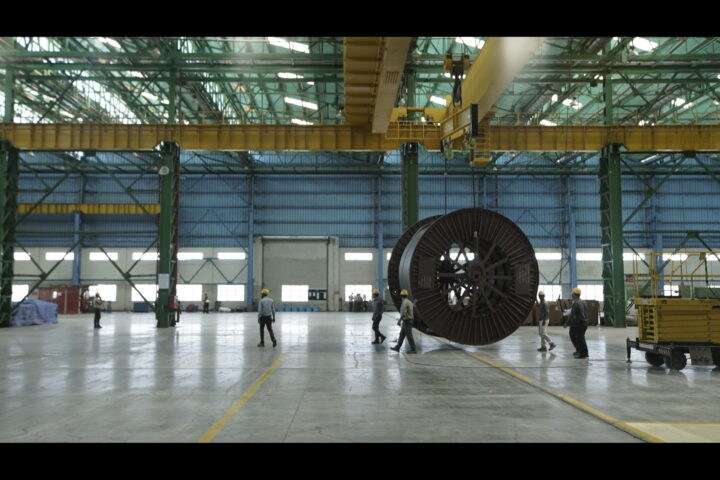Construction chemicals are critical for averting incidents such as building collapse, structural damage, and water seepage. With the government enforcing rigorous norms for infrastructure, including real estate, manufacturers are rolling out advanced products that not only bolster concrete structures but also extend their market reach
Yet again one more building has collapsed. This time, a two-storied building collapsed in Jharkhand's Deoghar district killing atleast 3 people. This happened within a day of a six-storey building collapsing in Gujarat's Surat city. Seven people have been killed in this building collapse so far. The monsoon season has started, and newspapers are filled with reports of building collapses from all corners of India. During the monsoon season, heavy rainfall causes water to infiltrate and seep into building structures, weakening their integrity. This makes the structures more susceptible to damage and can cause extensive harm throughout the building. Experts have identified several reasons for building collapses, including poor construction quality, inadequate drainage systems, soil instability, landslides and mudslides, flooding, structural damage from water infiltration, roof failure, lack of maintenance, design flaws, and the deterioration of old structures. Many, if not all, of these building collapses could have been avoided with proper structural audits and maintenance. Using the right construction chemicals and waterproofing solutions can significantly enhance the durability and integrity of buildings, preventing building collapses. These construction chemicals play a vital role in strengthening buildings by enhancing the properties of construction materials and improving the overall durability and performance of structures. There is an interesting anecdote about the invention of construction chemicals. As we all know, building construction, or any infrastructure construction, is impossible without concrete. Concrete, composed of sand, crushed rock, gravel, and water, relies on cement as the binding agent. Remarkably, concrete is the second most consumed material in the world after water. Historically, when cement-based concrete was first used in construction, buildings began to develop cracks over time. Prior to cement-based concrete, lime concrete and lime mortar were commonly used. To address the issues associated with cement-based concrete, construction chemicals were developed. Over time, these chemicals have become an integral part of concrete. With ongoing research and evolving needs, many construction chemicals have been developed to address specific requirements for strengthening construction structures.
Types and applications
To modify the characteristics of fresh or hardened concrete, admixtures are used as additional ingredients in the concrete mix, along with water, cement, and aggregates. Admixtures improve the workability and strength of concrete, allowing for reduced water content while maintaining flowability. The waterproofing agents prevent water ingress, protecting structures from water damage, corrosion, and freeze-thaw cycles., while the corrosion inhibitors protect steel reinforcement within concrete from corrosion, extending the lifespan of the structure. The grouts and sealants fill cracks and voids, restoring structural integrity and preventing further damage and the bonding agents ensure strong adhesion between old and new concrete, important for repairs and renovations. The protective coatings protect metal components from rust and corrosion and increase the fire resistance of structures, enhancing safety. Protective and decorative coating is a layer of material applied to the surface of another material with the intent of inhibiting or preventing corrosion. Commonly used materials in non-metallic protective coatings include polymers, epoxies and polyurethanes. Materials used for metallic protective coatings include zinc, aluminum and chromium. Special materials are used in the finishing coats of plastering or over the plastered surfaces to meet one or more of specific requirements such as decorative appearance, high durability, fire – proofing, heat insulation, sound insulation, early completion, high strength, etc. Epoxy coating can be single or two-component. Single-component epoxy paints are usually oil based. Two-component epoxy coatings are mixed in situ in proportions as prescribed by their manufacturers and they are quite suitable for factory, industrial or commercial building applications by dint of their excellent chemical & thermal resistant characteristics, hardness, durability, waterproofing characteristics, etc. They are solvent-free. Epoxy coatings are also used in flooring for decorative purposes.
The curing compounds ensure proper curing of concrete, which is critical for achieving desired strength and durability. The compounds consists essentially of waxes, natural and synthetic resins, and solvents of high volatility at atmospheric temperatures. The compound forms a moisture retentive film shortly after being applied on a fresh concrete surface. White or gray pigments are often incorporated to provide heat reflectance, and to make the compound visible on the structure for inspection purposes. The surface hardeners increase the abrasion resistance of concrete surfaces, making them more durable and long-lasting. Hardeners are a permanent, transparent sealer that protects underlying concrete from damage caused by chemicals and contaminants. Hardeners act as a strong adhesive for different floor coverings and surface treatments. They prevent newly poured concrete from curling, a distortion of a slab into a curved shape by upward or downward bending of the edges. Hardeners can be applied to new or existing slabs. Floor hardeners can be liquid or solid, metallic or non metallic. Metallic floor hardeners (solid) are well graded ferrous aggregates. Liquid floor hardeners are water, silicate, etc, based solutions. Pigmented floor hardeners also improve the appearance of floor surfaces. A polymer bonding agent is an aqueous emulsion of a polymer and chemical admixtures. It is designed for use as a bonding agent with concrete and cement-based products in both interior and exterior applications. The use of polymer bonding agents in concrete and shotcrete significantly improves resistance to penetration by chlorides and de-icing salts. Waterproofing chemicals are essential for enhancing a structure’s waterproofing capabilities, especially for those constantly exposed to liquids. The most used waterproofing chemicals are crystalline waterproofing chemicals, liquid acrylic elastomeric waterproofing compounds, polymer-modified waterproofing compounds and cementitious waterproofing compounds. Many of these compounds form membranes on concrete surfaces, protecting them from water ingress.
The caulk and sealants act as barriers against external factors such as dust particles, liquids, moisture, and oxygen. They are designed to seal openings or surfaces to prevent the leakage of gases or liquids. Typically, they are used to fill small gaps that are difficult to cover with materials such as drywall or concrete. Adhesives are widely used in various projects, ranging from industrial to commercial or residential construction. They are valued for their weatherproofing, waterproofing, and strong bonding properties. There are numerous types of adhesives available, including silicone adhesives, PU-based adhesives, UV adhesives, acrylic adhesives, and others. Adhesives find application in diverse construction tasks such as panel fixing, tile installation, and floor covering. The use of water repellents is widespread for safeguarding masonry and concrete against the detrimental impacts of water or moisture. Types of water repellents include acrylic protective coatings, silane-siloxane water repellents for tiles, and stone masonry sealers. According to Persistence Market Research, demand for construction chemicals has been consistently increasing due to the extensive usage of concrete admixtures, waterproofing, adhesives & sealants protective coatings, concrete repair mortar, plaster and asphalt additives.
Increasing and expanding market
Government investments in mega projects, initiatives like Make in India, and advancements in architectural design and engineering are driving the growth in the Indian construction chemicals market. As per the research conducted by Persistence Market Research, the market of construction chemicals in India had witnessed about 9.9 percent year-over-year growth in the past years. The research is of the view that the market for construction chemical consumption across India is expected to reach a value of US$ 7,792.6 million by the end of 2033. North India and South India are anticipated to remain key markets in the India Construction Chemical business owing to the growing consumption of construction chemicals in mega projects and Make in India projects, which are forecast to expand at a CAGR of 13.4 percent and 15.4 percent, respectively, during the same period. India's focus on infrastructure development is set to propel rapid expansion in the construction chemicals market. Sensing a huge opportunity, construction chemicals manufactures are expanding theie operations in India either by acquiring an established entity in the construction chemical business or establishing new plants. Saint-Gobain has entered into an agreement to purchase FORSOC, a leading global player in construction chemicals, for $1,025 million. Fosroc India has recently inaugurated its new Integrated Construction Chemicals Plant in Hyderabad. This strategic move by the company will enhance its geographical coverage and service levels, particularly for customers in South and Central India. Sika has opened a new plant in Kharagpur, West Bengal. The plant will manufacture mortar products, concrete admixtures, and shotcrete accelerators. Chembond Chemicals has announced a composite scheme which includes the demerger of its construction chemicals and water technologies businesses into Chembond Chemical Specialties (CCSL) and the amalgamation of Chembond Clean Water Technologies into CCSL. Berger Paints is setting up a new manufacturing unit in Odisha. This manufacturing unit will focus on producing paints, coatings, construction chemicals and intermediates. Indigo Paints has acquired 51 percent stake in Apple Chemie India (ACIPL). APIPl is into construction chemicals and waterproofing space, manufacturing and supplying products in the B2B space to various reputed infrastructure projects in the western states of India. Nippon Paint (India) has entered the construction chemical market and is focussing on products and solutions under dry mix, repair and maintenance, construction chemicals and waterproofing categories.
Still to overcome
The construction chemicals market in India is highly fragmented, lacking a standard code for their use across various applications. Industry analysts note that the construction chemicals market is highly developed in developed countries, where research in this field is an ongoing process. Some of the codes established in these countries are being adopted in India. However, analysts emphasize that it is crucial for India to develop its own standards and codes, considering the local environmental conditions, materials, and construction methods. The unregulated nature of the industry has led to a surge of counterfeit, spurious, and inferior construction chemicals and admixtures flooding the market. To combat these issues and protect their brands, major construction chemicals companies are implementing quadruple seals and holograms on every container, regardless of size, coming off their production lines. According to a recent study, nearly 85 percent of construction industry professionals are unaware of the correct usage of construction chemicals. The application of these chemicals is a highly skilled job, yet the industry laments the scarcity of skilled professionals available to perform this task. To address the shortage of skilled manpower, the construction chemical industry trains practitioners in concrete technology based on models developed by the American Concrete Institute (ACI). The industry is bringing together professionals to share and discuss information on general developments and trends in the construction chemicals market. To ensure that all stakeholders, users, and applicators have access to the necessary information for successful project completion, the industry offers various national and international training courses and events. These sessions disseminate information on new trends in construction and provide guidance on turning theoretical solutions into practical successes.
The construction chemicals industry in India is in its nascent stage, and awareness levels are correspondingly low. According to a report, there has been no comprehensive study correlating the durability of construction chemicals with Indian structures. This lack of proper studies, coupled with the improper use of construction chemicals, has led to a widespread lack of understanding. India, being a price-sensitive nation, sees low margins offered by leading players, prompting building contractors to opt for low-cost chemicals to reduce overall construction costs. High-value products have limited demand and are primarily used by premium construction houses. There is a total disregard for quality standards among unorganized players, and a significant portion of products are illegally imported, hurting the profits of domestic companies.
Booming market
With numerous infrastructure projects currently in progress, and more in pipeline, India presents significant opportunities for the construction chemicals sector. Key areas of demand to explore for the construction chemical industry include government initiatives such as "Housing for All" and Affordable Housing, Smart Cities projects, and the Prime Minister's Awas Yojana for both rural and urban areas. Additionally, the renovation and redevelopment of older buildings are becoming increasingly important markets for the industry. Infrastructure projects such as asphalt and concrete roads, highway repairs, underground tunneling, bridges, dams, and major initiatives like Bharatmala and Sagarmala further contribute to the sector's growth prospects in India.


